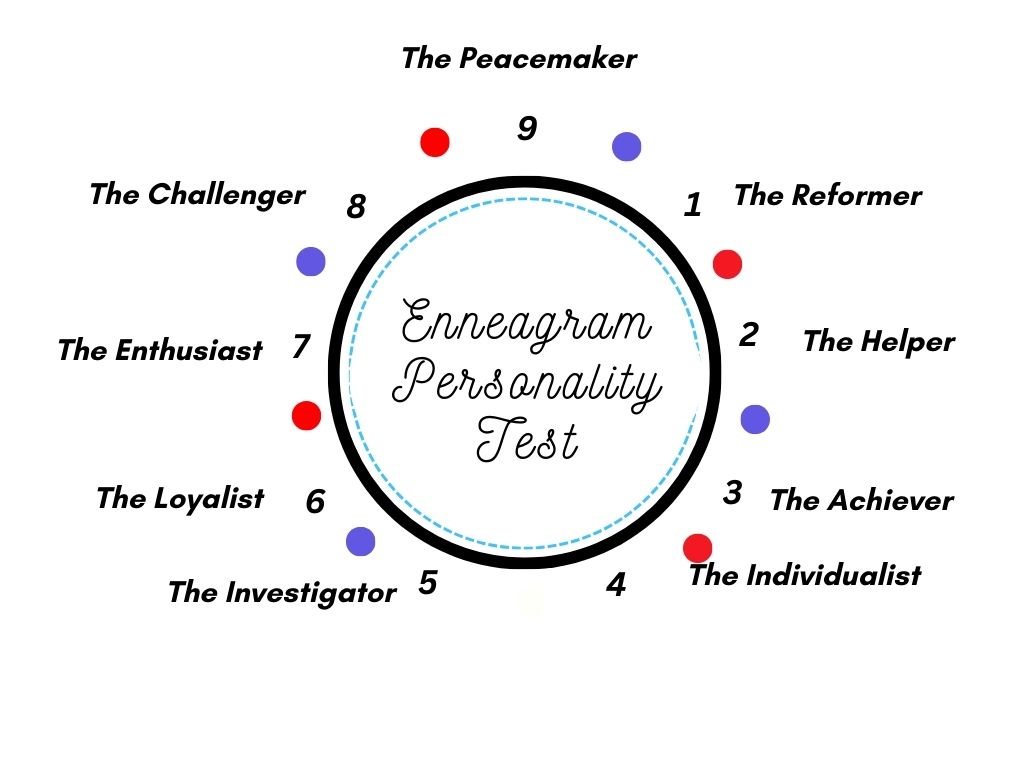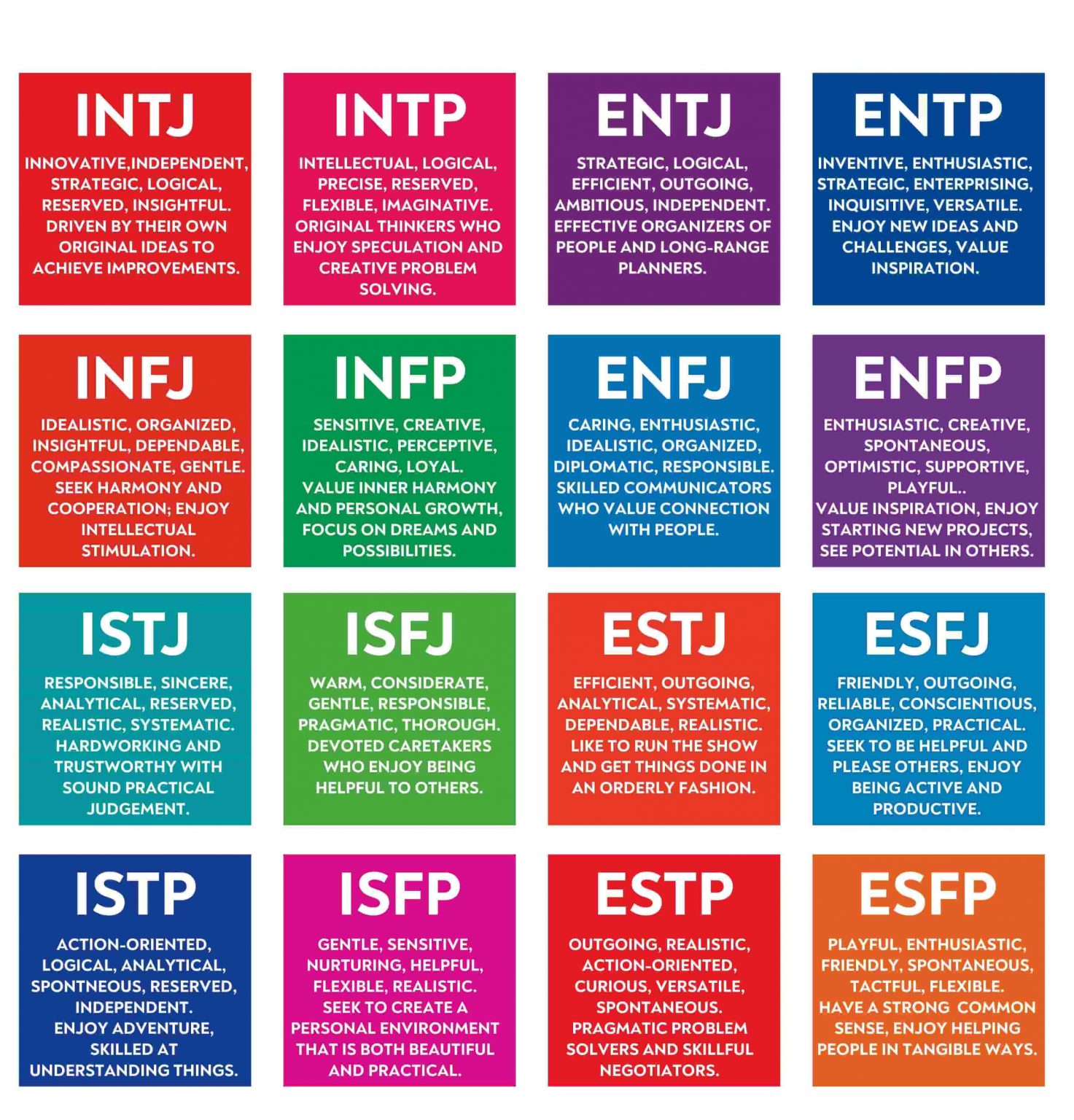One thing I’ve learned working with teams across different industries is this: skills may get the job done, but personality makes or breaks the work environment. Think about it. We’ve all had that one teammate who made projects smoother just by being… themselves. And we’ve also met the opposite—smart people who somehow create tension instead of solutions. This is where the Workplace Personality Test comes in.
In this article, I won’t just list workplace personality tests—you’ll understand how each one works, what it reveals about your team, and how to use the results to solve real-world problems (like the studio conflict between Mr. Charles and Daniel)
Key Takeaways
- Personality affects productivity—knowing how people behave under pressure, collaborate, and communicate helps everyone do better work.
- Tests are not labels—they are tools for self-awareness and better teamwork.
- Conflicts (like Mr. Charles and Daniel’s) can often be traced back to personality clashes. Awareness changes how teams respond.
- HR wins with insight – Managers who understand personality create stronger teams, reduce turnover, and foster a healthier work environment
Workplace Personality Test
A workplace personality test is an assessment designed to uncover how individuals naturally think, interact, solve problems, and respond under pressure in the workplace. It’s about behaviour in meetings, on deadlines, during conflicts, and when no one’s watching.
This isn’t about labelling people. It’s about learning how to play to people’s strengths, support their growth areas, and reduce friction that wastes time and morale. A workplace personality test is not just a trendy HR tool or something you fill out during onboarding and forget. When used the right way, these assessments unlock deeper understanding, boost collaboration, and frankly, help HR professionals and managers make smarter hiring, team-building, and leadership decisions.
Each test has a unique purpose—Enneagram for emotional insight, DiSC for behaviour, Big Five for personality traits, and MBTI for decision-making and communication.
Why Do Workplace Personality Tests Matter So Much?
The main purpose of personality tests in the workplace is to avoid personality clashes. Here’s a real-life scenario between two professional photographers.
At a reputable photography studio, two skilled creatives—Mr. Charles and Mr. Daniel—worked closely together. Charles served as the lead supervisor, while Daniel functioned as his assistant. Both were professional photographers and videographers, trusted with handling client projects and delivering high-quality work.

Read Also: Skills in Workplace: 9 Personal Workplace Skills That Get You Promoted Faster
One day, a returning client who had previously worked with Daniel was referred back to the studio. Daniel wasn’t available at the time, so Charles, as the supervisor on duty, took over and managed the client’s session from the beginning. Everything went smoothly—until it was time to edit the final photos.
Daniel insisted on editing the images, citing his prior relationship with the client. However, as deadlines approached, he continuously delayed the task, missing key delivery expectations. Charles, concerned about the potential impact on the studio’s reputation, intervened and took over the editing responsibilities to ensure the client received her work on time.
After the photos were sent out, Charles received a personal call—not on the studio’s official line, but on his private number. To his surprise, the client harshly criticised the quality of the work. This reaction was puzzling, especially given the effort and professionalism that had gone into the final product.
Later, it became apparent that Daniel had given her Mr. Charles’s personal number and warned the client in advance that he wasn’t the one editing her photos and subtly implied that the results might fall short of her expectations. This preemptive remark influenced the client’s perception, casting doubt on Charles’ competence and undermining his authority as the senior team member.
A workplace personality test could have revealed Daniel’s competitive or emotionally reactive traits. It could have guided Charles on how to manage someone like him. Most importantly, it could have prevented this kind of internal sabotage by aligning expectations and improving communication.
Read Also: What Is Human Resource Development: Meaning and Impact in the Workplace
Four Most Popular Workplace Personality Test Examples
Now let’s take a look at the most popular and effective workplace personality tests that companies around the world use to build stronger, more balanced teams. When used the right way, these tools give HR managers, team leads, and employees a clearer picture of each team member’s traits, strengths, motivators, and blind spots. Think of it like having a compass in a room full of talented individuals.
You might want to also read: Essential Employee Communications Best Practices For Effective Messaging
#1. The Enneagram Personality Test: Best For Self-awareness, team dynamics, and emotional intelligence.
The Enneagram is more than a test. It’s a personal roadmap to working better with others and leading from a place of awareness, not assumption. Unlike many other tests that focus mainly on external behaviour, the Enneagram digs into why you think the way you do, react the way you do, and respond to pressure, praise, or uncertainty. It explores personality through 9 interconnected types, each rooted in core fears, motivations, and desires:

Though it’s often embraced in spiritual and self-development spaces, the Enneagram has found a powerful home in modern workplaces—especially among teams that value emotional intelligence and self-awareness.
When leaders and employees understand not just what someone does but why they do it, communication becomes more empathetic and collaboration more intentional. Imagine being able to tell that a colleague withdraws during conflict not because they’re cold, but because they’re overwhelmed by internal pressure to keep the peace. That’s insight. That’s leadership.
Conflict Resolution Examples: Navigating Workplace Clashes with Ease
In fact, if Mr. Charles and Mr. Daniel had known their Enneagram types, they might have understood their differences not as personal flaws but as different emotional patterns. This could have changed the tone of their disagreement—and the client experience too.
#2. DISC Personality Test
If you’ve ever wondered why some people take charge naturally while others prefer to support quietly behind the scenes, the DiSC Personality Test might just hold the answer. It’s one of the most widely used personality tests in today’s workplace—and for good reason.
DiSC breaks personality down into four core behavioural styles:

Instead of boxing people into one rigid label, DiSC reveals how much of each trait you naturally lean into. Most people have one dominant style, but the real power comes from understanding your unique blend. Maybe you’re a high-D with strong S traits—or an i-C who loves people and processes. And when you apply this insight to team dynamics? That’s when communication truly clicks.
In a scenario like the rift between Mr. Charles and Mr. Daniel at the studio, a tool like DiSC could have highlighted their contrasting work preferences early on. Mr. Charles may have scored high in Dominance and Compliance—prioritizing deadlines and structure—while Daniel may lean towards Influence and Steadiness, focusing more on relationships and emotions. Understanding this could have changed everything, from how tasks were assigned to how disagreements were handled.
#3. Big Five Personality Traits (OCEAN)
The Big Five personality traits, otherwise called the OCEAN model, is another popular personality test being used by most companies around the world today. Like some other personality tests, this one is backed by decades of psychological research. It offers a very accurate and balanced view of how someone is likely to behave in the workplace.
Unlike personality quizzes that box you into a “type,” the Big Five gives you a full, flexible picture of who you are across five key dimensions. That’s why many psychologists and HR professionals trust it as one of the most scientific and practical workplace tests to date.

What makes this test so effective is that everyone scores somewhere along a spectrum for each trait. You might be moderately extroverted, highly agreeable, or low in neuroticism, and this spectrum-based result makes it more nuanced and realistic. In the case of the two photographers, assuming they were made to take this test, Daniel would have perhaps scored low on Agreeableness, which would explain why he was less cooperative when it came to team workflow. Or maybe Charles scored high in conscientiousness, which explains why he stepped in to meet the client’s deadline.
#4. The Myers-Briggs Type Indicator
And finally, we arrive at one of the most respected, widely adopted, and enduring workplace personality tests of all time—the Myers-Briggs Type Indicator (MBTI). You’ve probably heard someone say, “I’m an INFJ” or “She’s definitely an ESTP.” But beyond the social buzz, MBTI offers real, practical insight into how people think, make decisions, process information, and relate to others.
At its core, the MBTI breaks human behaviour down into 16 unique personality types, formed by combining four preference pairs:

Remember the story of Mr. Charles and Daniel? What if Daniel was an INFP—a value-driven personality, deeply loyal to his client connection—and Charles was an ESTJ—task-focused, structured, and determined to meet deadlines? That misunderstanding between them now makes so much sense. It wasn’t about ego. It was about communication gaps, different priorities, and mismatched styles.
MBTI could have helped their studio not only avoid that rift but also build trust by embracing their differences. That’s the power of personality awareness.
I saved MBTI for last not just because it’s popular but because it pulls everything together. It is to remind you that teams are made of people—complex, beautiful, different people. And when we start understanding each other through the lens of personality rather than just performance, the workplace becomes a more productive, respectful, and empathetic environment.
If you’re curious to see how these tests work firsthand, you can try this free personality test to get a sense of your own workplace strengths and tendencies.
So whether you’re an HR manager building a stronger team or an employee looking to understand yourself and your coworkers better, MBTI is a timeless tool worth using. It doesn’t just change how people work—it changes how they connect.
Final Thoughts
As you have seen and learned, personalities shape workplaces more than we realize. They influence how we lead, collaborate, and handle pressure. If you’re serious about improving teamwork, leadership, and hiring decisions, do not overlook the power of personality testing. Tools like Enneagram, DiSC, Big Five, and Myers-Briggs are quite interesting and effective. Start using them to build stronger, smarter, and more self-aware teams.
